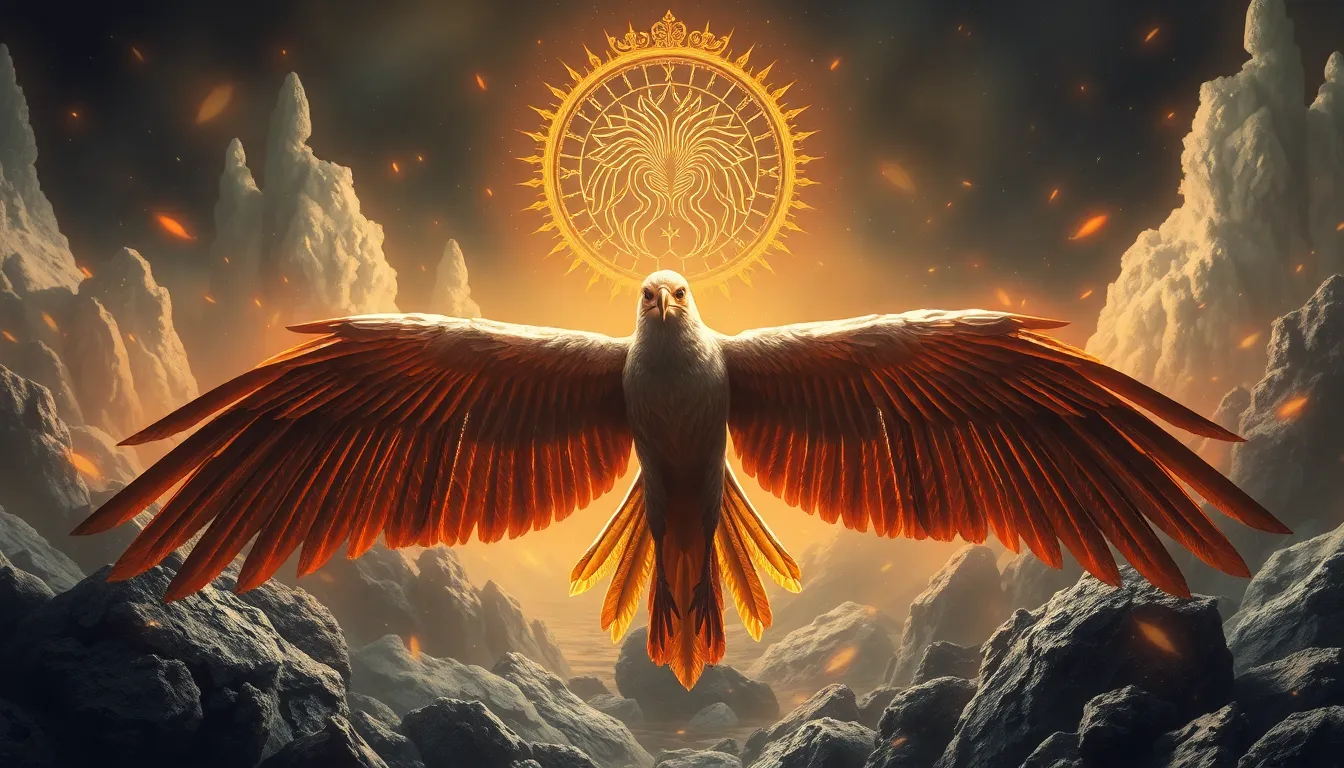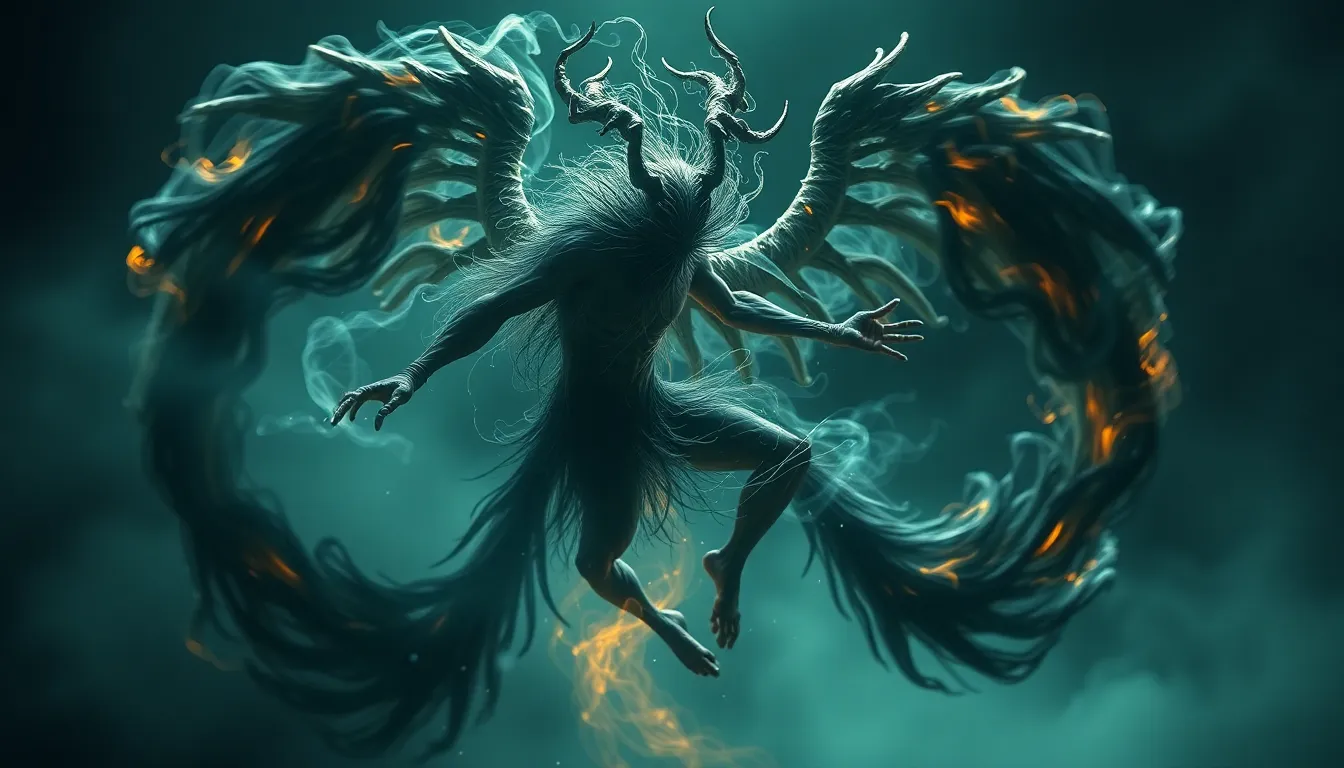Winged Wonders: Birds in Mythology and Their Sacred Roles
Introduction: The Universal Symbolism of Birds in Culture
Birds have long captivated the human imagination, serving as symbols of freedom, transcendence, and spiritual connection across various cultures. From the soaring eagle to the humble sparrow, these winged creatures embody a wide array of meanings, often associated with the divine or the mystical. In many mythologies, birds play pivotal roles as sacred figures, messengers of the gods, or symbols of transformation.
This article delves into the significance of birds in mythology, exploring their sacred roles across ancient civilizations, indigenous cultures, and modern interpretations. We will uncover how these winged wonders have shaped human beliefs and continue to inspire us today.
Ancient Civilizations and Their Winged Deities
In ancient civilizations, birds were often revered as powerful deities and symbols of the heavens. In Egypt, gods like Horus, depicted as a falcon, represented kingship and the sky. Thoth, the ibis-headed god, was associated with wisdom and writing, highlighting the intellectual and spiritual significance of birds.
In Mesopotamian mythology, birds such as the Anzu, a lion-headed eagle, were seen as divine creatures that could control storms and serve as guardians of sacred knowledge. These deities communicated with humans, often embodying the traits and powers attributed to birds.
Birds in Greek and Roman Mythology
Greek and Roman mythology also embraced birds as symbols of power and wisdom. The owl, sacred to Athena, the goddess of wisdom, symbolizes knowledge and vigilance. In contrast, the eagle, associated with Zeus, the king of the gods, represents strength and authority, often seen soaring high in the skies.
Moreover, many myths feature transformations where mortals are turned into birds, symbolizing a transition to a higher state of existence. These narratives reflect humanity’s desire to transcend earthly limitations and connect with the divine.
The Sacred Birds of Indigenous Cultures
Indigenous cultures worldwide attribute profound significance to birds, often viewing them as spiritual guides. In many Native American traditions, the eagle is considered a sacred messenger, symbolizing courage, strength, and freedom. The eagle’s flight is believed to carry prayers to the Creator, emphasizing its role as a bridge between the earthly and the spiritual realms.
Similarly, in African folklore, birds are often regarded as symbols of the soul and messengers of the ancestors. Various tribes depict birds in their myths, attributing to them the power to communicate the will of the spirits and provide guidance to the living.
Birds as Omens and Messengers
Throughout history, birds have been seen as omens, their appearances interpreted as signs from the divine. For instance, the sighting of a raven might be associated with impending change or warning, while a dove might symbolize peace and hope.
- Ravens: Often viewed as omens of death or change in various cultures.
- Doves: Universally recognized as symbols of peace and love.
- Owls: Frequently associated with wisdom and foresight, but also seen as harbingers of bad luck in certain traditions.
Moreover, in many mythological narratives, birds serve as messengers of the gods, delivering important news or prophecies to humans, thus reinforcing their significance as intermediaries between the mortal and divine realms.
The Phoenix: A Symbol of Rebirth and Immortality
The phoenix, a mythical bird that rises from its ashes, symbolizes rebirth, immortality, and renewal. This powerful image appears in various cultures, from ancient Egyptian mythology to Greek and Chinese traditions. The phoenix’s cycle of death and resurrection illustrates the eternal nature of life and the potential for transformation.
In literature, the phoenix has inspired countless works, representing hope and the possibility of renewal even in the darkest of times. Its enduring legacy continues to resonate in modern symbolism, reminding us of the resilience of the human spirit.
Mythical Birds in Eastern Traditions
In Eastern traditions, birds also hold significant roles. The Garuda, a divine bird in Hindu and Buddhist mythology, is revered as a protector and a vehicle of the gods. It symbolizes strength, loyalty, and the pursuit of knowledge, often depicted as a hybrid creature with human and bird-like features.
In Chinese culture, the Fenghuang, or the Chinese phoenix, represents prosperity, virtue, and harmony. It is a symbol of high virtue and grace, often associated with the empress and seen as a good omen for peace and prosperity.
Modern Interpretations of Mythical Birds
In contemporary literature and media, the symbolism of birds continues to inspire artists and writers. From fantasy novels to films, mythical birds are often portrayed as powerful beings that reflect human emotions and struggles. These representations can serve as metaphors for freedom, transformation, and the search for meaning.
Furthermore, the symbolism of birds has found its place in modern spirituality, where they are seen as symbols of connection to the divine and nature. Eco-consciousness movements have also embraced bird symbolism, using it to advocate for the conservation of avian species and their habitats.
The Intersection of Nature and Mythology
The relationship between birds and mythology highlights humanity’s connection to the natural world. Mythical narratives often reflect the importance of conservation and the preservation of bird species, reminding us of our responsibility to protect these creatures and their ecosystems.
As we delve into the myths surrounding birds, we can appreciate their role not only in our cultural heritage but also in the biodiversity of our planet. Respecting and preserving these winged wonders is essential for maintaining the balance of nature and honoring the legacy of our ancestors.
Conclusion: The Enduring Legacy of Birds in Mythology
Throughout history, birds have served as powerful symbols in mythology, embodying themes of freedom, transformation, and spirituality. From ancient deities to modern interpretations, their significance persists, reminding us of our deep connection to nature and the divine.
As we reflect on the roles of birds in various cultures, we recognize their enduring legacy and the relevance of their symbolism in our lives today. Birds continue to inspire awe and wonder, inviting us to explore the mysteries of existence and our place within the natural world.



